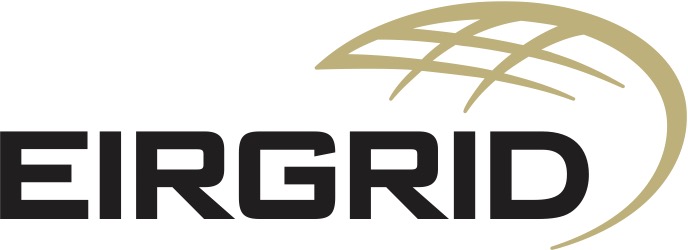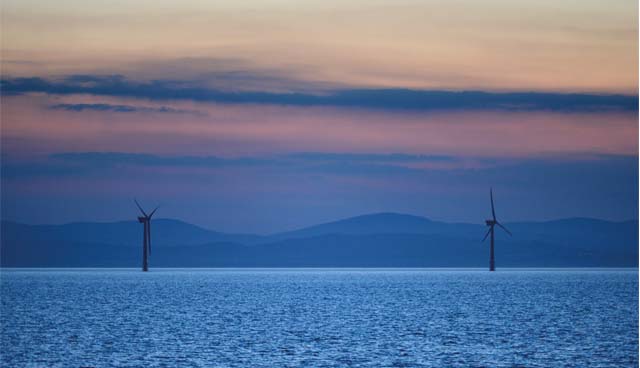
Ireland’s offshore wind capabilities are evolving rapidly
9th March 2022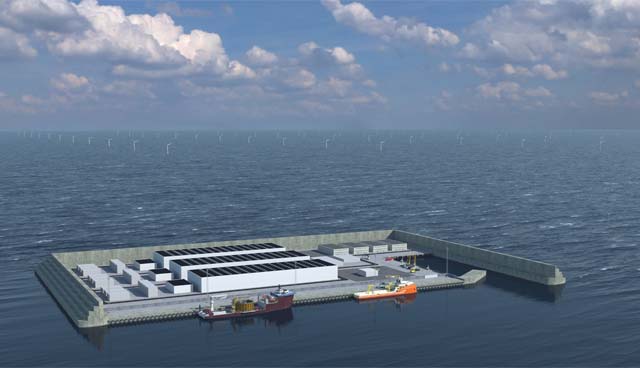
Denmark’s energy islands: A paradigm shift
9th March 2022Shaping the transformation of Ireland’s electricity grid
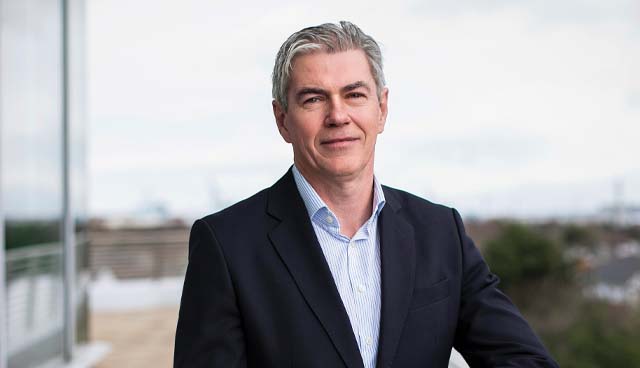
Mark Foley, Chief Executive, EirGrid
In November, EirGrid Chief Executive, Mark Foley and Eamon Ryan TD, Minister for Environment, Climate, Communications and Transport, unveiled the Shaping Our Electricity Future roadmap, a blueprint for radically transforming the country’s electricity grid.
EirGrid was asked by the Government to transform the electricity system in anticipation of a future without coal, oil, peat and ultimately one with net zero emissions. Specifically, EirGrid is to redevelop the grid to manage the vast majority of Ireland’s electricity coming from renewable sources by 2030.
The Shaping Our Electricity Future roadmap was the result of a comprehensive 14-week consultation across all sectors of society and two years of research by industry experts and tens of millions of technical simulations.
It provides an outline of the key developments needed from a networks, engagement, operations, and market perspective to support a secure transition to at least 70 per cent renewables on the electricity grid by 2030. This is an important step on the journey towards 80 per cent renewables, which will present opportunities for further renewable generators, and ultimately, net zero by 2050.
EirGrid consulted on four different approaches to developing the grid.
- Generation-led approach: Put clean electricity generation close to where most power is used. The most likely outcome from this approach would be, for example, more wind farms off the east coast of the island of Ireland.
- Developer-led approach: Let developers decide where to locate clean electricity generation. At least 10 of the projects needed to make the grid ready for this approach will be significant in size as they will need to move large amounts of power over long distances.
- Technology-led approach: Try new technological ways to move clean electricity across the country. This approach uses several high-voltage underground electricity cables moving power from the west to the east of Ireland.
- Demand-led approach: Put large electricity users close to sources of clean electricity generation.
The final roadmap contains a blended approach that looks at grid development from an economic, technical, social acceptance and deliverability perspective.
The plan comprises 40 new grid infrastructure projects, representing a total investment of over €1 billion. This is on top of an existing €2.2 billion programme of grid infrastructure projects which EirGrid has already engaged with communities on and which we have funding for.
Liam Ryan, EirGrid chief innovation and planning officer, says: “Under the roadmap, there will be greater control over where future generation and demand is located, minimising the need for the development of new electricity lines. Most of the new projects identified in the blueprint are upgrades to existing infrastructure.”
Key to the development of the roadmap was a national public consultation that ran for 14 weeks from 8 March.
The consultation was supported by a range of traditional and innovative engagement and participation activities. These included a deliberative dialogue (modelled on Ireland’s Citizens Assembly), complemented by national fora involving industry, civil society, and youth. In addition to this, EirGrid engaged at grassroots level with rural communities, local businesses, and young people.
In response, there were 492 submissions from members of the general public and 80 industry submissions.
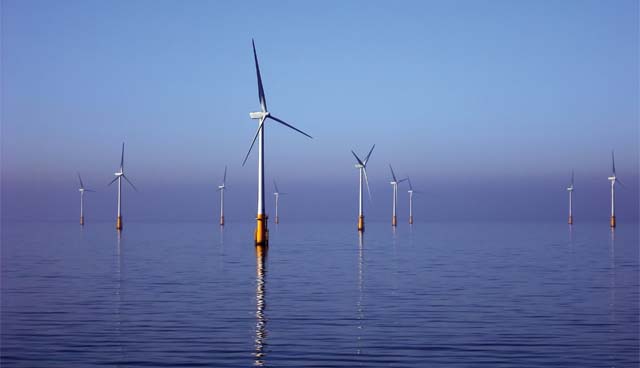
To reflect the feedback received from the public, the following changes were made to the EirGrid models:
- Offshore wind: In Ireland, EirGrid is now planning for 5GW of offshore wind generation to be in place by 2030. This is in line with Government policy. Most of this will be based off the east coast of Ireland as it is more technologically feasible than the south and west coasts. We originally modelled between 1.8GW and 4.5GW.
- Large energy users: It is anticipated that some new large energy users will locate in regional towns and cities. We anticipate the power demand for these will be 316MW.
- Microgeneration: In Ireland, there is an assumption of 500MW of microgeneration by 2030. EirGrid originally modelled between 100MW and 400MW.
- Onshore wind: EirGrid is planning for an additional 1.3GW of onshore wind generation to be in place by 2030.
- Storage: We are planning for 1.65GW of battery storage to be in place by 2030. This is more than the 750MW originally modelled and will help store wind and solar energy to be used when there is no sun or wind.
Ryan comments: “During the public consultation, a large amount of feedback supported offshore generation. Many stakeholders felt that offshore generation has a less negative environmental and visual impact. A few stakeholders pointed out that there is less opposition to the construction of offshore than onshore projects.
“Reflecting this support for offshore electricity development in Ireland, the figure in the final roadmap was increased to 5GW.”
In addition to this, stakeholders expressed the view that there should be much more offshore on the west coast of Ireland, utilising the Atlantic Ocean.
However, EirGrid has assumed limited capacity for offshore wind development off the south and west coast. Offshore wind development in the short term remains to be predominantly focused on the east coast.
It is not expected that the technology for offshore wind will be developed maturely enough to facilitate large scale offshore wind on the west coast in the short term. The east coast of Ireland has shallower waters, making offshore a more viable option in the short term. It also important to note that the Government has given priority to several east coast offshore developments in the context of the Marine Planning and Development Management legislation.
Onshore wind continues to play a major role in delivering the renewable ambition, with new capacity connecting in areas of the grid with relatively fewer network constraints. This responds to strong support for the generation-led approach which achieves benefits for consumers by reducing both network constraints, and the scale and quantity of network reinforcements required.
In Ireland, the final roadmap includes an additional 1.3GW of new onshore renewable electricity on 2020 levels. There will also be significant growth in solar power. On top of the 500MW of microgeneration, EirGrid is planning for a further 1,000MW of commercial solar developments, delivering a total of 1,500MW by 2030.
Ryan concludes: “EirGrid is committed to updating our roadmap at regular intervals to cater for evolving energy policy. In parallel, we will continue to work with key stakeholders in exploring the necessary market reforms to attract investment in renewable energy and system services and to optimise participation of community owned and demand-based energy resources.”
E: david.martin@eirgrid.com
W: www.eirgridgroup.com
